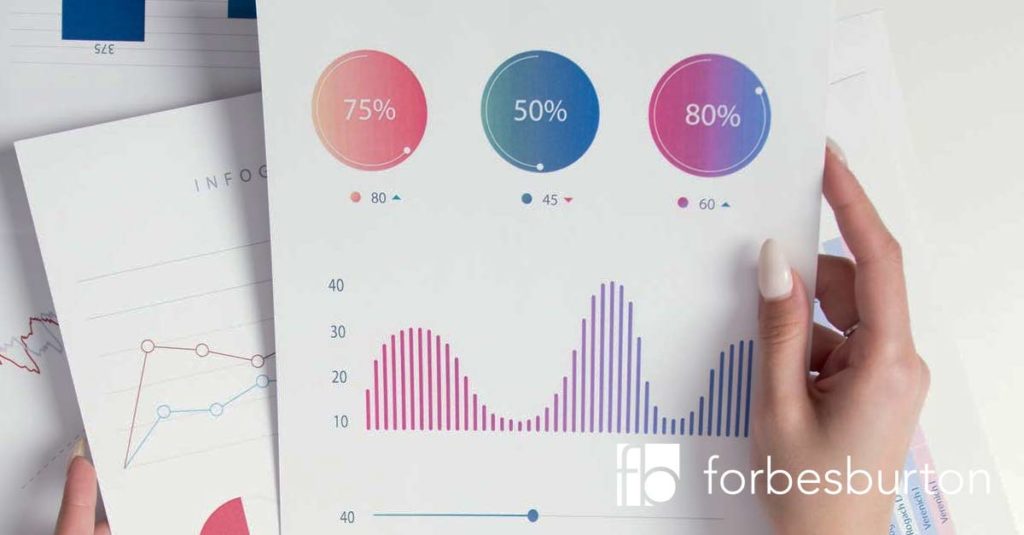
At some point you may decide to launch a new product, expand your product offering, hire new staff, or open a new business. Before you jump into it, you should learn to limit your risk.
A break-even analysis will help you achieve this as it shows you where your efforts will pay off; it gives insight, so you will know if investing your time and money into that idea is worth it.
With a break-even analysis, you will know if your efforts will profit you, or if you need to secure a loan to stay afloat before you start making profits.
Meaning of break-even point
A break-even analysis is a useful calculation in finance that compares the expenses of a new product, service or business with the unit sell price to identify the break-even point.
In other words, it is an analysis that will show the number of sales required to cover the cost of running a business, or it shows the point where you will have made a lot of sales to cover all expenses to get your business running. At that break-even point, there is no profit made or money lost.
Important things to note
- A break-even analysis is a calculation that helps in identifying a business break-even point. Generally, lower fixed cost results in a lower break-even point.
- This financial analysis will tell you when you will get all the money you invested. At this point, you have not made profits or suffer losses.
- Anytime a business plans on adding costs, it uses a break-even analysis. Have at the back of your mind that this analysis does not take market demand into consideration.
- You can lower your break-even point in two ways: raise prices and lower costs.
How does it work
You use a break-even analysis to determine the break-even point of a business or company. This financial calculation is not a computation but an internal management tool that can be shared with outsiders like regulators or investors. Some financial institutions can also request this analysis as part of your financial projections when applying for a loan.
This financial calculation considers costs (both fixed and variable) relative to unit price and profit. Costs that do not change regardless of the products or services sold are known as fixed costs. Costs of equipment, salaries, rent or mortgage, insurance premiums, taxes on property, and interest paid on capital are examples of fixed costs.
Variable costs combine the costs of labour and material required to produce one unit of a product; this cost is influenced by changes in sales. Sales commissions, cost of labour payment, and expenses for raw materials, utilities, and shipping are examples of variable costs.
To calculate the total variable cost, the cost to produce one unit is multiplied by the number of units produced. For instance, if producing a unit costs £20, and you made 20 of them, the total variable cost is £400.
To calculate the contribution margin (sales price – variable costs), you will have to deduct the variable costs from the selling price of the product. So if you sell a product for £100 and the variable cost is £10, then the contribution margin is £90.
Note, the contribution margin contributes to balancing fixed costs. To get the average variable cost, you will have to divide the total variable cost by the number of units produced.
Generally, you get a lower break-even point from lower fixed costs, and that’s only possible when variable costs are lesser than sales revenue.
Make a real change in your business
If you are looking to drive more sales, increase profit, and improve your business’ performance then our Strategic Business Review will help you identify where more sales can be made, how to maximise your profits, and improve your business’ performance.
Why do you need a break-even analysis for your business
There are so many ways a break-even analysis can prove useful.
It is a key element when you want to carry out financial projections for new products, product expansion, and start-ups. This analysis will provide information on the capital required to bring an idea to life, and if you will need to borrow funds to make that happen.
This analysis can be used for a variety of purposes, including:
- New product development: Break-even analysis can help businesses determine the feasibility of a new product launch. By calculating the fixed and variable costs associated with the product, businesses can estimate how many units they need to sell in order to break even.
- Product expansion: Break-even analysis can also be used to evaluate the potential profitability of expanding a product line. By comparing the fixed and variable costs of the new product to the fixed and variable costs of the existing product line, businesses can estimate how many units they need to sell in order to break even on the expansion.
- Start-ups: Break-even analysis is essential for start-ups, as it can help them determine how much capital they need to raise in order to get started. By calculating the fixed and variable costs associated with the start-up, businesses can estimate how many units they need to sell in order to break even and become profitable.
- Risk management: Break-even analysis can also be used to manage risks associated with various business decisions. For example, businesses can use break-even analysis to evaluate the risks involved in adding or deleting a product from their product mix, or in implementing new production processes.
- Budgeting: Break-even analysis can also be used to budget for the addition of new staff. By calculating the fixed and variable costs associated with a new employee, businesses can estimate how many sales they need to generate in order to break even on the cost of the new employee.
Standard duration for a break-even analysis
A standard break-even time is between 6-18 months. If it will take a longer time to reach a break-even point, based on your calculation, then you may need to alter your plans to increase the price, reduce cost or do both. Any break-even point above 18 months is a strong risk indicator or signal.
When to use a break-even analysis
Businesses or companies make use of this tool when there are considerations to add costs. Additional costs may arise from deleting or adding products from the product mix, adding employees, adding locations, a merger or acquisition, or starting a new business. Simply put, a break-even analysis is a financial calculation that helps in determining the value and risk of any business, especially in any of these three events:
1. Business expansion
This analysis can provide information to CFOs or business owners on the duration required for an investment to generate profits. A good example is when you calculate the minimum sales needed to cover the expenses required to enter a new market or open a new location.
2. Lower price
When trying to outperform competitors, some businesses adopt the strategy of lowering prices. A break-even analysis is useful in this scenario as it helps to determine additional units to be sold to cover the reduction in price.
3. Narrowing business scenarios
There are many scenarios and uncertainty that makes it difficult when deciding on making changes to the business. With this analysis, the decision-making process can be reduced to yes/no questions.
How to calculate a break-even point
You can use accounting software to determine your break-even point, but it would be nice if you know how it is calculated. The formula for this is:
Break-even quantity = fixed cost / (sales price per unit – variable cost per unit)
Example to help you understand how it is calculated
John has been inspired to open a toy store. To know the number of toys he will have to sell to break even on his investment, he will have to do a break-even analysis.
From his calculation, his fixed cost for a year is £10,000 and £0.5 for variable cost per unit. From a competitor study and other calculations, he came up with £6 as his unit price. From the formula above, John’s BEP (break-even point) would be:
10,000 / (6-0.5) = 1,819. Thus, John would have to sell 1819 toys within a year to break even.
Break-even analysis limitations
This financial calculation doesn’t consider market demand, it’s very important you remember this. It does not tell if or when you can sell the units required to break even. In as much as you are inspired about a new product or business idea, try not to lose focus of that simple truth.
Another thing is that you need to make a decision on the time and effort you are willing to sacrifice or give to attain the break-even point.
For instance, are you ready to reach your break-even point by investing a huge percentage of time and effort from your sales team over several months? Or, is it better and more profitable to invest your time and effort in selling or producing something else?
To increase sales, you can decide to change your pricing strategy if you discover that the product demand is soft. Nevertheless, reducing your price can still increase your break-even point.
If care is not taken, your products will move faster at a low price and still sustain extra variable costs to produce more units to reach your break-even point.
Lowering your break-even point
You can lower your break-even point by raising prices and lowering costs. Do not make any hasty decisions when adopting any of these. Put serious thoughts into consumer psychology and pricing methods to avoid selling more products and still losing money in the end.
In addition, ensure you consider every element of costs (e.g., delivery and product quality) before you reduce your price to avoid damaging your brand. You can also outsource products or services to reduce cost when there is an increase in demand or volume.
Make a real change in your business
If you are looking to drive more sales, increase profit, and improve your business’ performance then our Strategic Business Review will help you identify where more sales can be made, how to maximise your profits, and improve your business’ performance.
[/bsv-callout]Author

Chris Leadley
chris.leadley@forbesburton.com
Related Articles
We're here for you.
As a dedicated team of Advisers and Consultants our aim is to help you fix the issues and solve the problems within your business.
Find out more →

